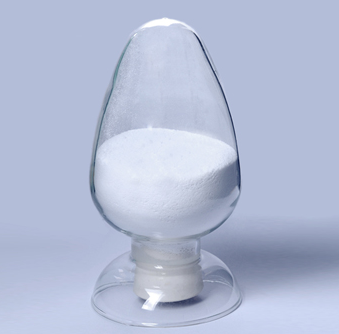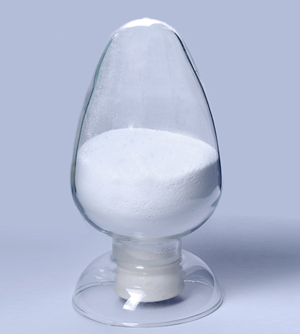Beautiful Plants For Your Interior
L-Glutamic acid
L-Glutamic acid
L-Glutamic acid is a non-essential amino acid that plays a crucial role in protein synthesis and serves as a neurotransmitter in the central nervous system, contributing to cognitive function and brain health.
描述
Product Description: L-Glutamic Acid
L-Glutamic acid is a high-quality amino acid that serves as a fundamental building block for proteins and plays a vital role in various physiological processes. It is widely used in the food industry as a flavor enhancer and nutritional supplement, offering numerous benefits for taste, health, and overall product quality.
Product Specifications:
- Product Aliases: Glutamate, L-Glu
- Appearance: L-Glutamic acid is a white, crystalline powder with a slightly sweet taste.
- Chemical Formula: C5H9NO4
- Molecular Formula: C5H9NO4
Properties: L-Glutamic acid possesses several notable properties that make it a valuable ingredient in various applications. It is highly soluble in water and has a low melting point, allowing for easy incorporation into food formulations. L-Glutamic acid is stable under normal storage conditions and can withstand moderate heat during processing.
Categories: L-Glutamic acid falls under the category of amino acids and is specifically classified as a non-essential amino acid. While the body can synthesize L-Glutamic acid, it is also obtained through dietary sources and supplementation.
Application in the Food Industry: L-Glutamic acid finds extensive application in the food industry due to its versatile benefits. Here are some key applications:
-
Flavor Enhancer: L-Glutamic acid is widely used as a flavor enhancer, particularly in savory food products. It enhances the umami taste, which is known as the fifth basic taste, and contributes to a rich, savory, and meaty flavor profile. L-Glutamic acid is commonly used in soups, sauces, snacks, seasonings, and processed meats.
-
Nutritional Supplement: L-Glutamic acid is utilized in the production of dietary supplements aimed at supporting overall health and well-being. It is often combined with other amino acids and nutrients to create comprehensive formulations that promote muscle growth, immune function, and cognitive health.
-
Fermentation: L-Glutamic acid is involved in the fermentation process of certain food products, such as soy sauce, miso, and fermented beverages. It acts as a precursor for the production of flavor compounds and contributes to the development of desirable taste and aroma characteristics.
-
Food Preservation: L-Glutamic acid exhibits antimicrobial properties, making it useful for food preservation. It can inhibit the growth of certain bacteria and extend the shelf life of food products, particularly in the meat and dairy industries.
-
Nutritional Fortification: L-Glutamic acid is added to various food products to fortify their nutritional content. It helps enhance the protein content and amino acid profile, making the products more nutritious and beneficial for consumers.
In conclusion, L-Glutamic acid is a versatile amino acid with numerous applications in the food industry. Its role as a flavor enhancer, nutritional supplement, and food preservative makes it a valuable ingredient in various food formulations. With its high solubility, low melting point, and stability, L-Glutamic acid is an ideal choice for manufacturers seeking to enhance the taste, nutritional value, and overall quality of their food products.


评价
目前还没有评价